The Serpentine Pavilion 2025 Is a Poetic, 'Breathing' Installation That Calls for Unity in Challenging Times — Here's Our First Look
Unveiled today, architect Marina Tabassum's latest project captures the importance of community and transformation in the face of ongoing crises
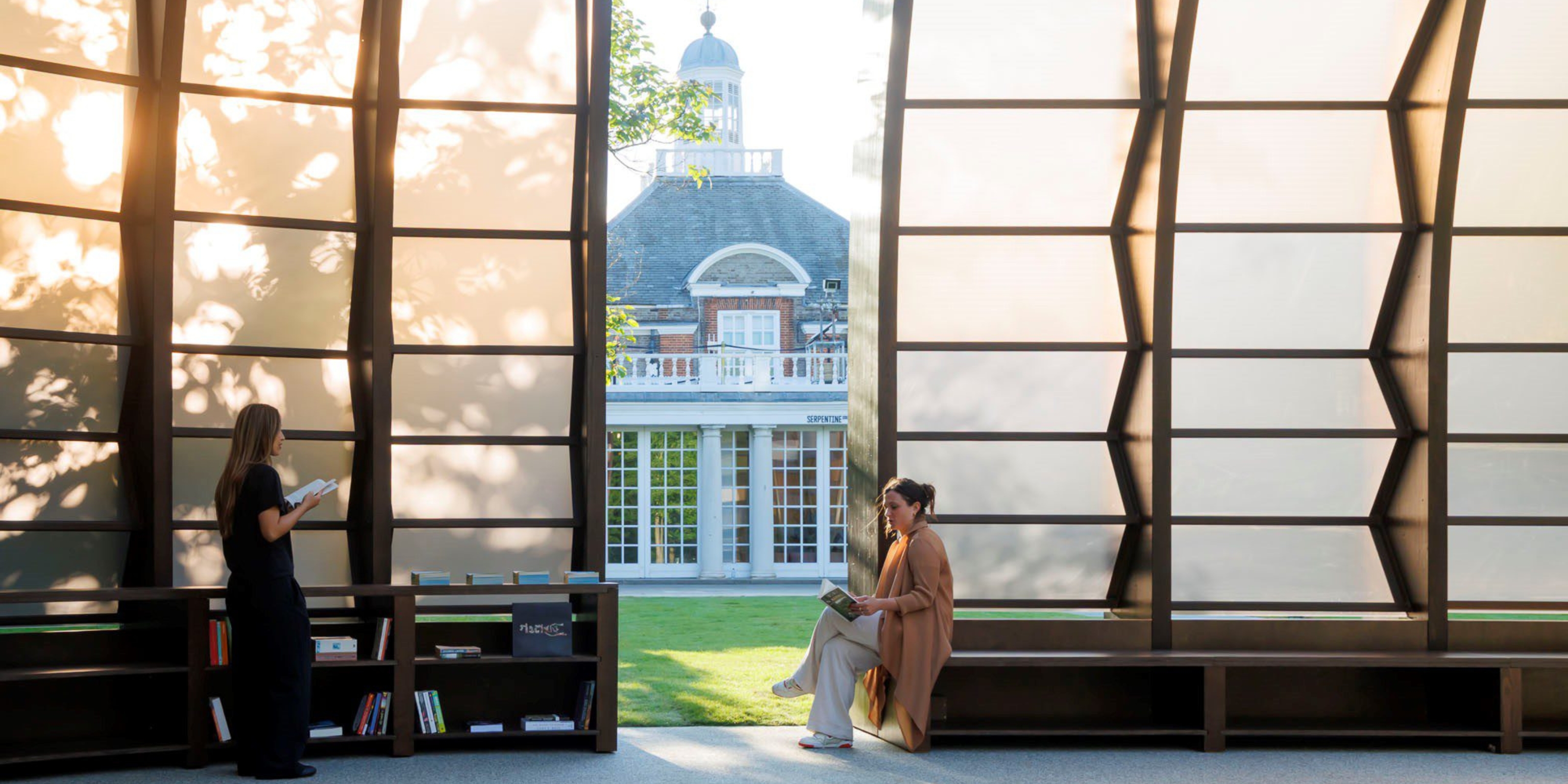

It's not every day that I get to start my day with a morning stroll through the ornamental, teeming-with-wildlife mosaic of colors, textures, and water games that are London's Kensington Gardens, the Grade II-listed green lung situated west of the sprawling Hyde Park. Today, though, the press preview of the Serpentine Pavilion 2025, which will grace the lush grounds of the namesake institution's southern gallery in one of the best design exhibitions in the British capital between June 6 and October 26, makes for an exception — and one well worth the 8:30 AM showtime, too.
The brainchild of award-winning Bangladeshi architect Marina Tabassum, whose practice strives to develop spaces that unfold in harmony with, and contribute positively to, the environment around them, investigating the impact of our presence on Earth, and her firm, Marina Tabassum Architects (MTA), the Serpentine Pavilion 2025 is, as hinted by its title, a physical as much as a metaphorical Capsule in Time. Now in its 25th edition, the Serpentine Gallery's initiative, kick-started by a cinematic steel and glass structure signed by legendary Iraqi-British architect Zaha Hadid in 2000, lends its outdoor stage to the preoccupations of our era in a poetic exploration of presence and absence, light and darkness, balance and transformation.
For Tabassum, A Capsule in Time, her first-ever project realized outside of Bangladesh and her debut at working with wood, is an opportunity to manifest the function that architecture fullfils in our lives, she tells me over an email exchange ahead of its reveal, which is welcomed with speeches by Serpentine's CEO, Bettina Korek, Artistic Director Hans Ulrich Obrist, and the architect herself.
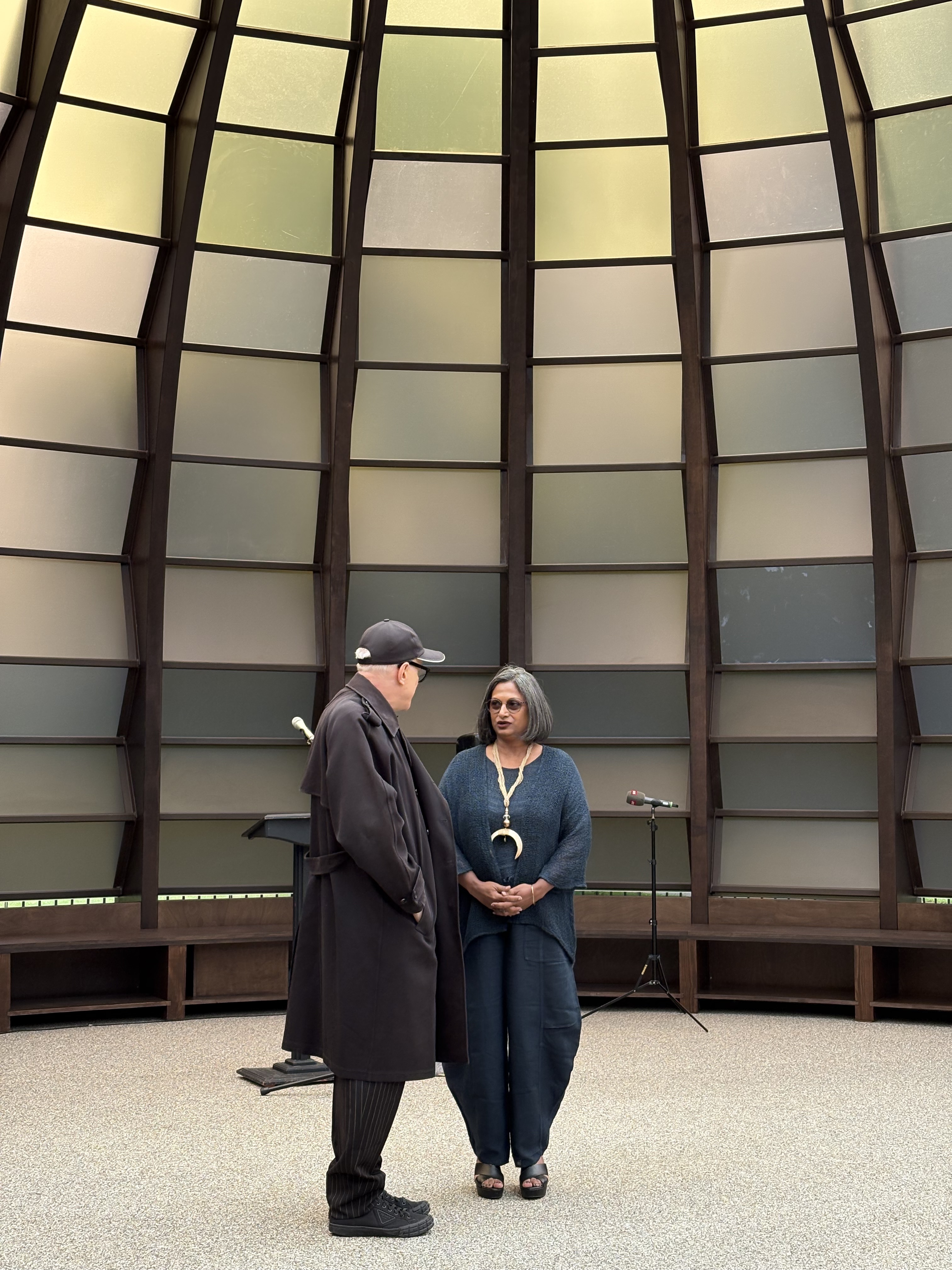
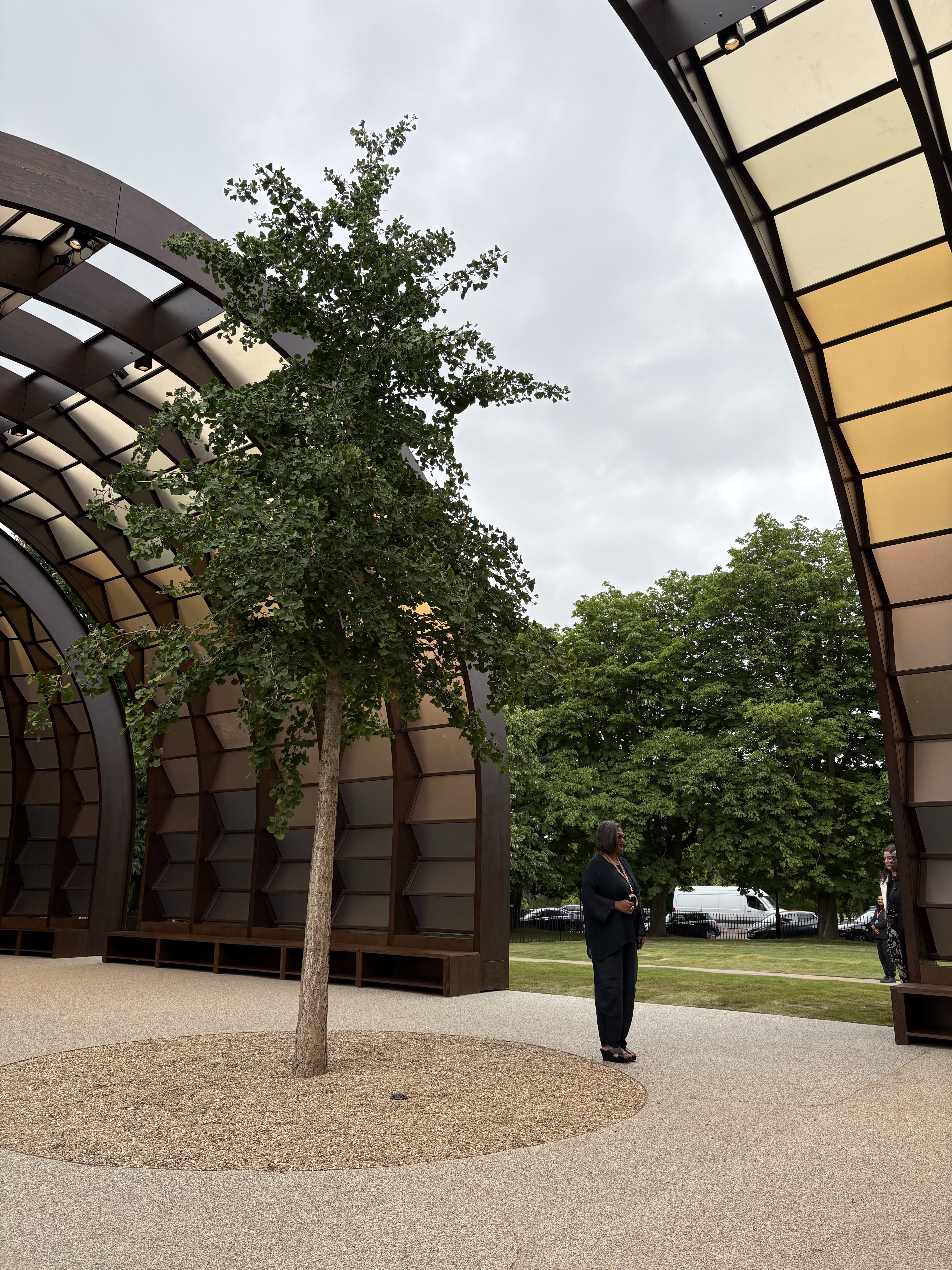
"The relationship between time and architecture, between permanence and impermanence, of birth, age, and ruin, is intriguing," she says of the antithesis that characterizes the commission. "Architecture aspires to outlive time — it is a tool to live beyond legacies, fulfilling the inherent human desire for continuity after life."
But time isn't the only thing this discipline escapes. Through our experience of it, Tabassum appears to suggest, we can transcend other boundaries, too, whether cultural or geographical, and find new ways of being together in an in-between place charged with the most remote, disparate histories and, therefore, more universally resonant.
She is already putting this concept into practice. The community-gathering power of Shamiyanas, the uplifting bamboo and cloth tents that, "convening hundreds of guests on any occasion", serve as a staple of Bengali weddings and beyond, for example, was deep on her mind while working on the Serpentine Pavilion. Its half-capsule structure, composed of two vaulted canopies and two semi-domes separated by pathways and a courtyard, leans into the ritual and blissfulness of days spent out in the sun, whether in Bangladesh or England.
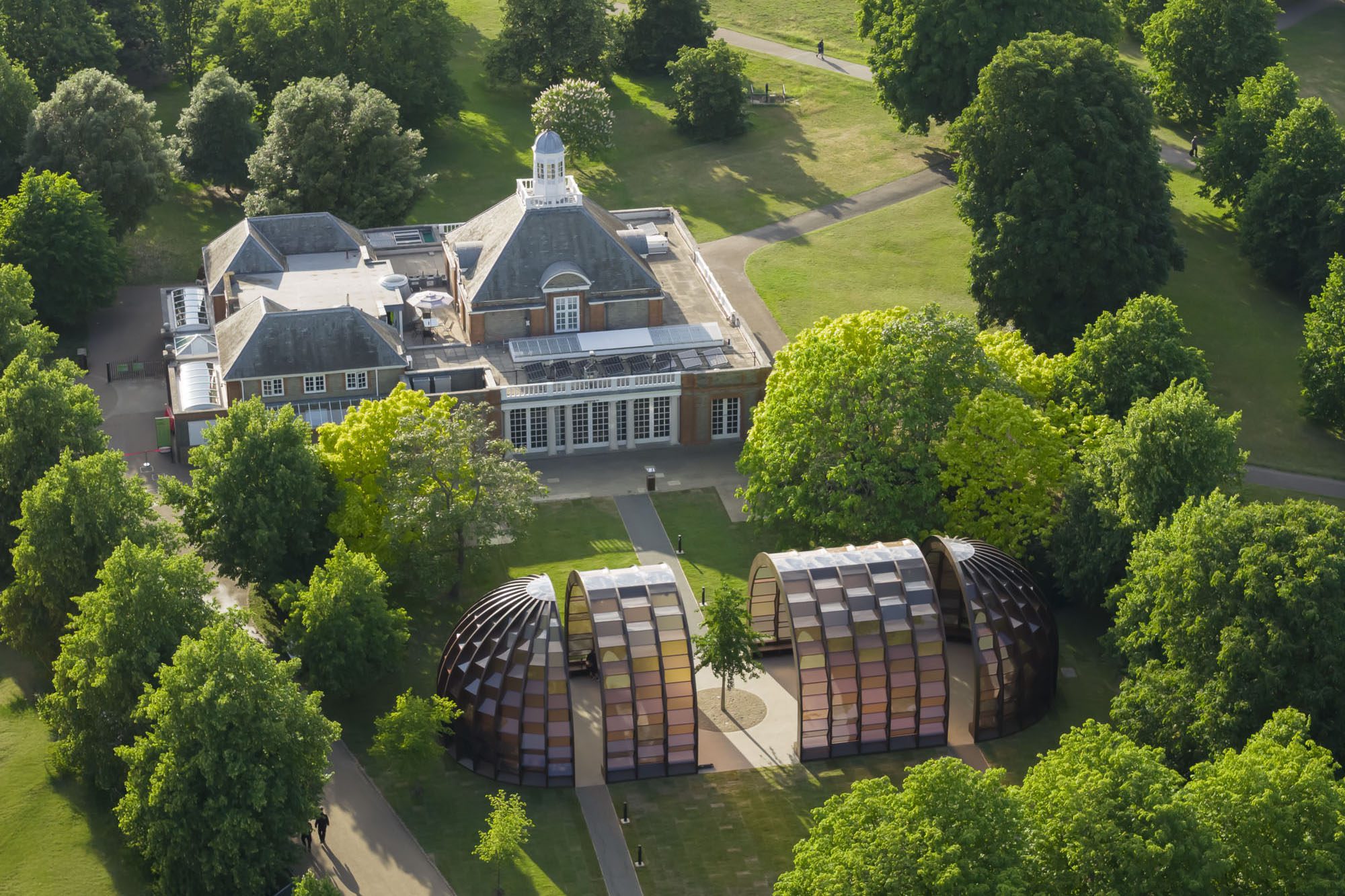
Exterior view of Serpentine Pavilion 2025, A Capsule in Time, designed by Marina Tabassum and Marina Tabassum Architects (MTA).
"8,000 kilometers from London, the Ganges delta is a fluid landscape that tells the tales of movement and impermanence," Tabassum says. "Two-thirds of Bangladesh is a product of progradation, an active delta hydrology formed by the rivers Padma, Meghna, and Jamuna." There, dwellings change locations as the rivers shift courses. Despite the apparent migration, "memories of those lived spaces continue through stories and parables," she adds.
Like the rest of the architect's experimentation, A Capsule of Time speaks to that state of ever-becoming, of transience and mutability, by letting the natural elements take control of its plan. It is a lesson I learn at my very expense while waiting for the pavilion's inauguration to start, as a cold breeze begins to weave its way into the project's open structure — an omen of the smoke-thin drizzle that's about to follow. And a reminder of the unpredictability that rules all kinds of life.
"In Bangladesh, we don't build a lot with wood because it's not one of our materials," Tabassum explains. Still, the medium's functionality was instrumental to the Serpentine Pavilion 2025, as it might be to its afterlife. "We are hoping to bring the construction to a different venue, and using wood meant that we could create a structure that could be easily dismantled, taken away, and reassembled."
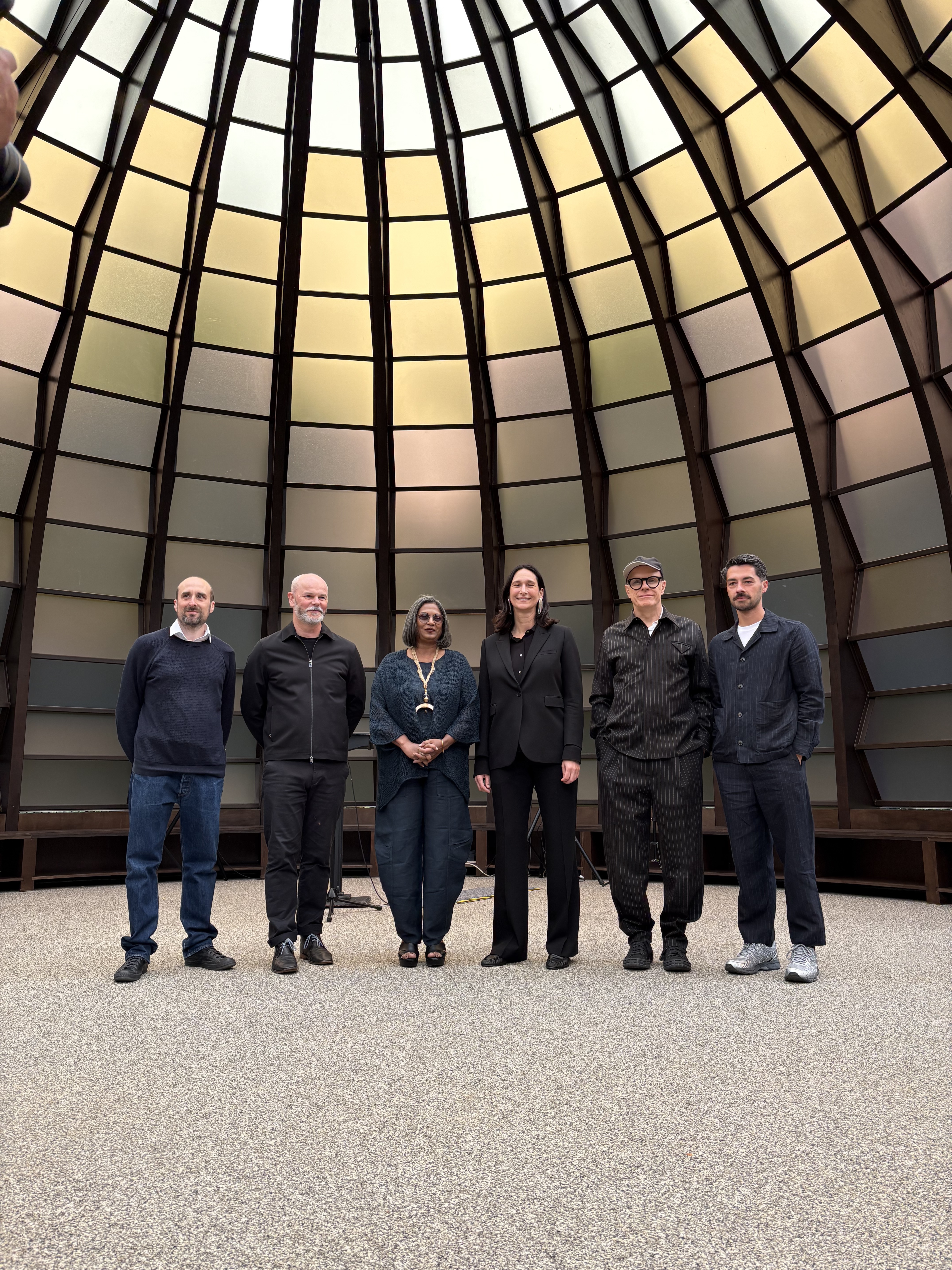
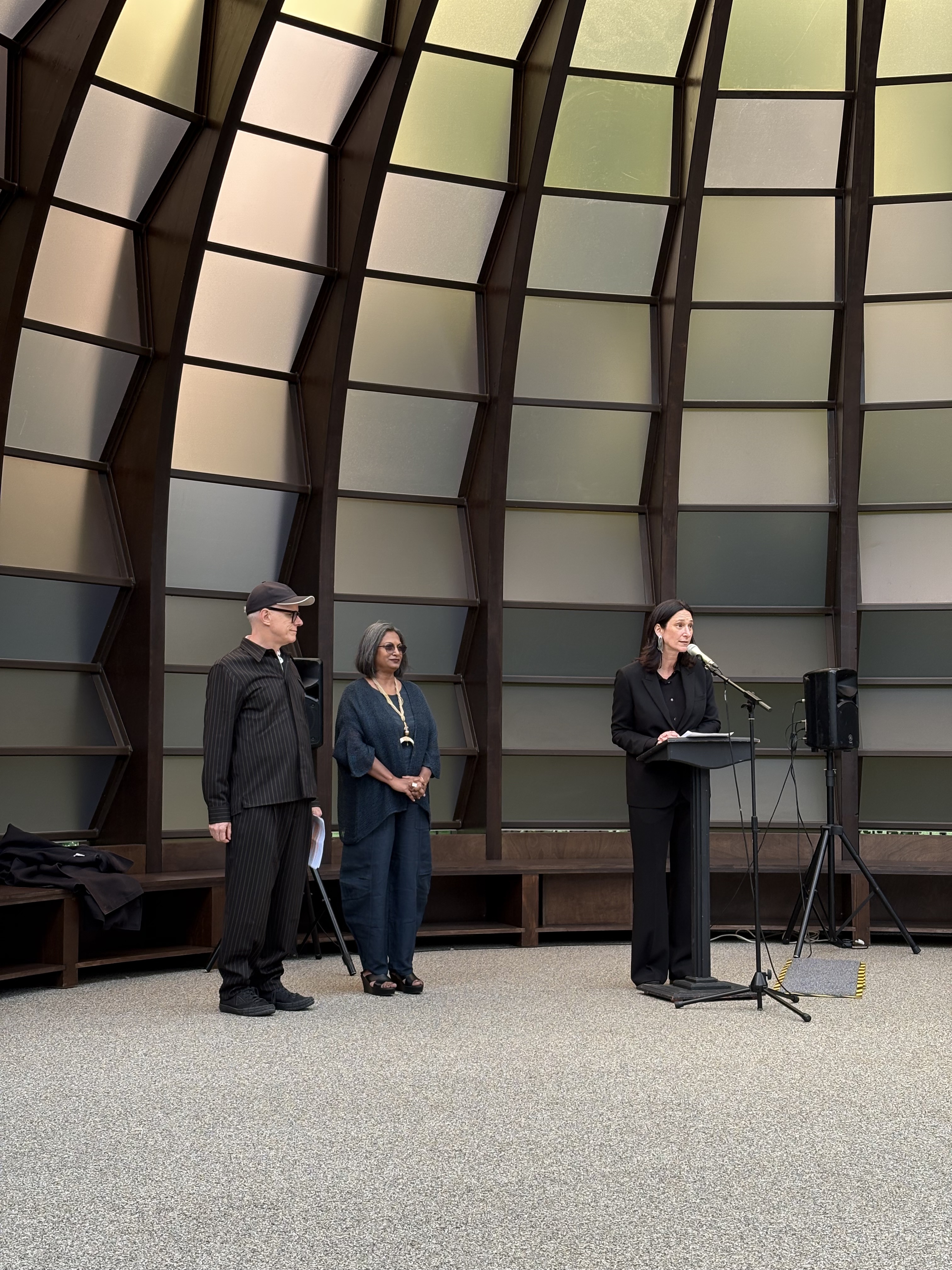

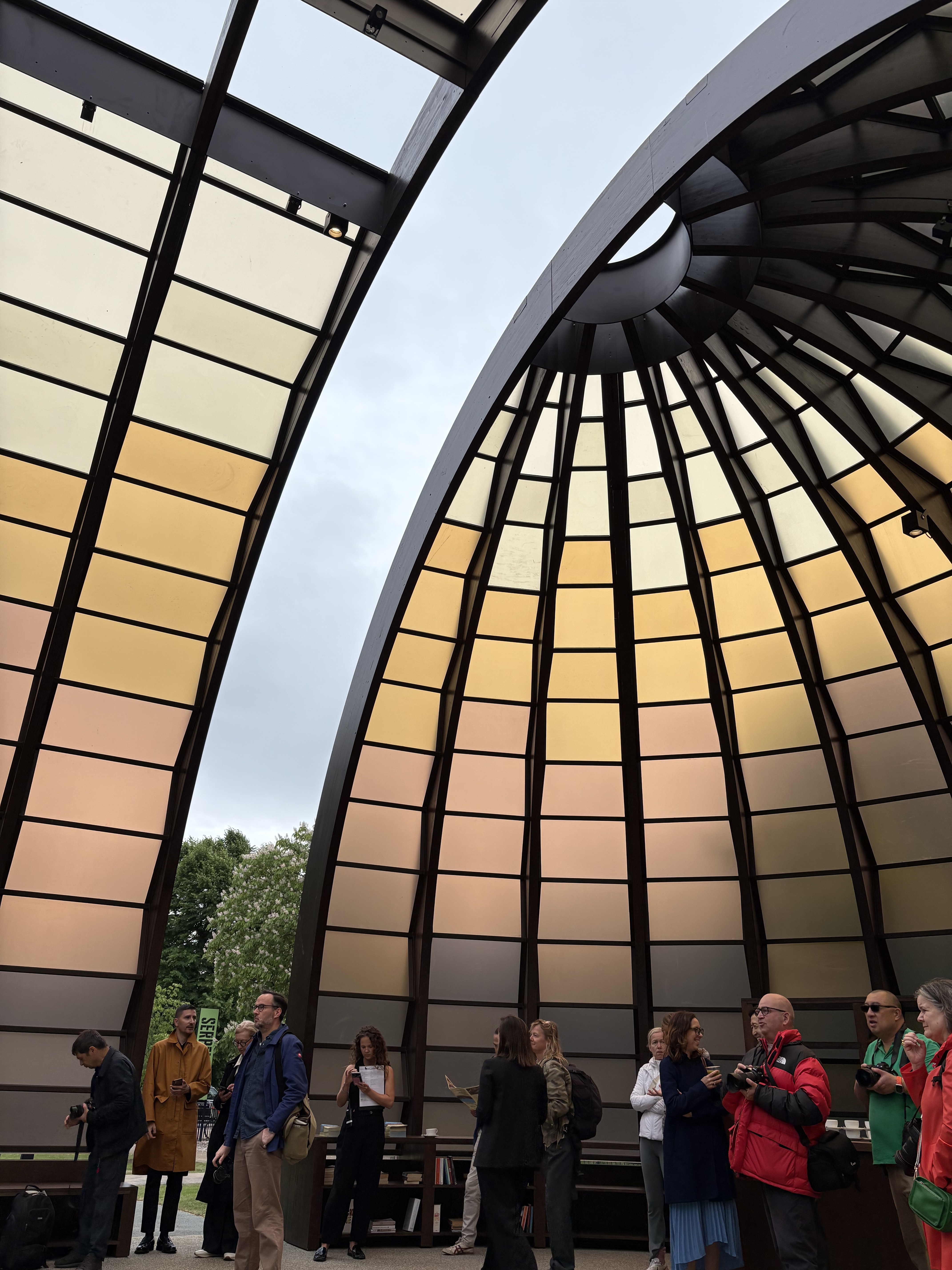
Obtained from locally sourced, glued laminated timber, the zigzag sections of A Capsule in Time are complete with translucent polycarbonate panels that brighten up, dim, and coruscate in response to light.
It is only when sunshine passes through them, casting dramatic geometrical shadows and amber tones onto the floor, that Tabassum's airy structure feels complete. Only when people probe its perimeter, occasionally stopping to look up at the slices of sky caught between its iridescent arches, pick up one of the books stored in its shelves, or sit down at its benches to scribble into their diaries, chat with a friend, or read one of their own, that the installation feels most alive.
There is no separation between the inside and the outdoors in the architect's Serpentine Pavilion, her fluid design simultaneously aiming to embrace both. Just like there is no distinction between the humankind and the rest of the natural world when it comes to taking turns to interact with its softly undulating surfaces.
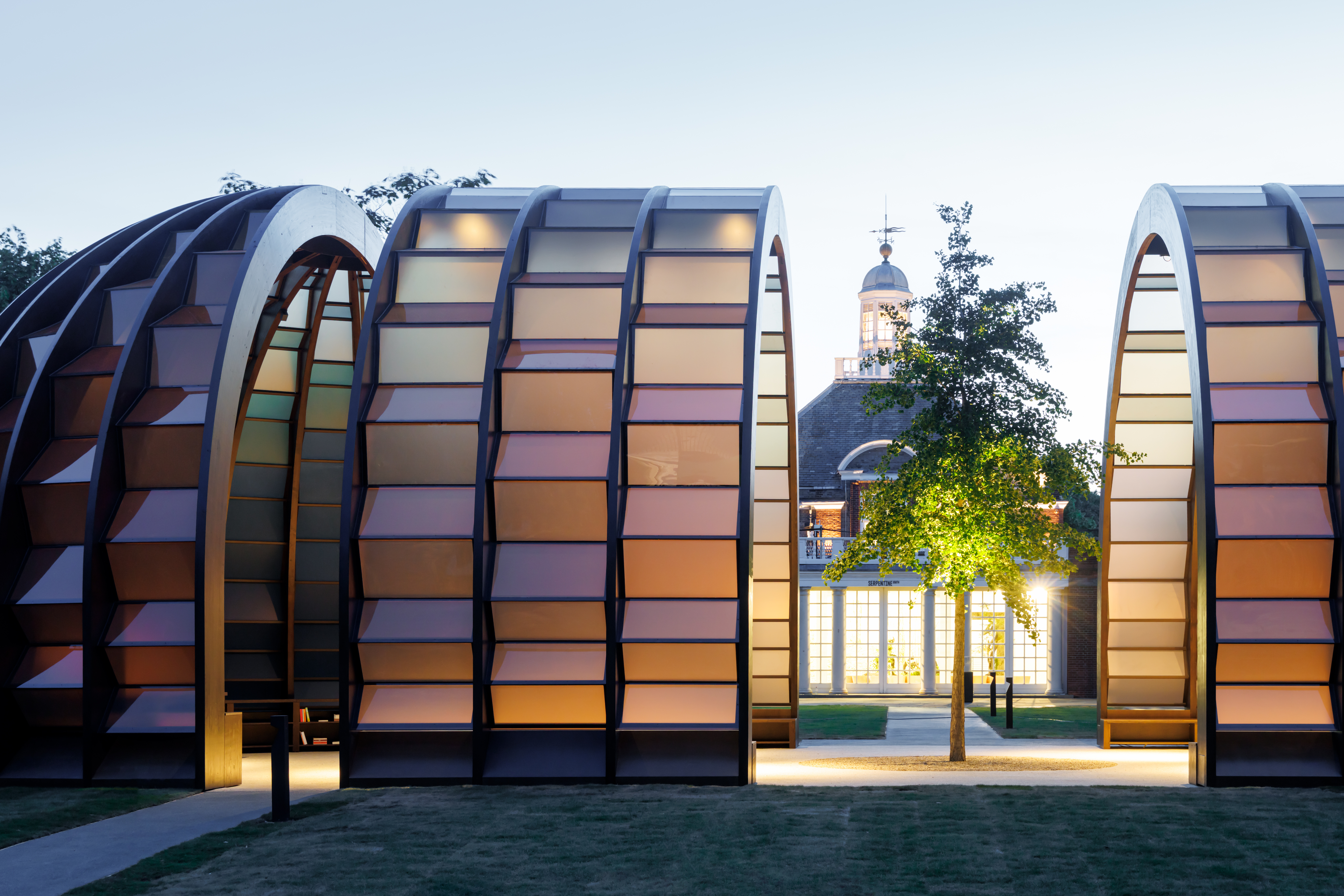
Exterior view of Serpentine Pavilion 2025, A Capsule in Time, designed by Marina Tabassum and Marina Tabassum Architects (MTA).
That, Tabassum explains, is the intention behind the Ginkgo tree that sits at the project's heart — to redirect viewers' attention to the primordial source. To open our eyes to our shared origins, our roots. And show that, in dialogue, people, too, can thrive.
"2024 has been a year marked by intolerance, wars, countless deaths, protests, and suppressions. Differences of opinion and respect for cultural diversity and societal norms are at an all-time low in many parts of the world. But how can we transcend our differences and connect as humans?", asks Tabassum.
The answer comes, again, from the breathing core of the Serpentine Pavilion 2025, its Ginkgo tree. Chosen by the architect for its demonstrated ability to resist and continuously re-adapt to the threats posed by the environmental crisis, it is a beacon of hope that proves that, even from hardships, stems positive growth, so long as we find room to confront them, reconcile, and evolve.
Marina Tabassum's Serpentine Pavilion 2025, A Capsule in Time, is free to access at Serpentine Gallery through October 26. Plan your visit.

Gilda Bruno is Livingetc's Lifestyle Editor. Before joining the team, she worked as an Editorial Assistant on the print edition of AnOther Magazine and as a freelance Sub-Editor on the Life & Arts desk of the Financial Times. Between 2020 and today, Gilda's arts and culture writing has appeared in a number of books and publications including Apartamento’s Liguria: Recipes & Wanderings Along the Italian Riviera, Sam Wright’s debut monograph The City of the Sun, The British Journal of Photography, DAZED, Document Journal, Elephant, The Face, Family Style, Foam, Il Giornale dell’Arte, HUCK, Hunger, i-D, PAPER, Re-Edition, VICE, Vogue Italia, and WePresent.